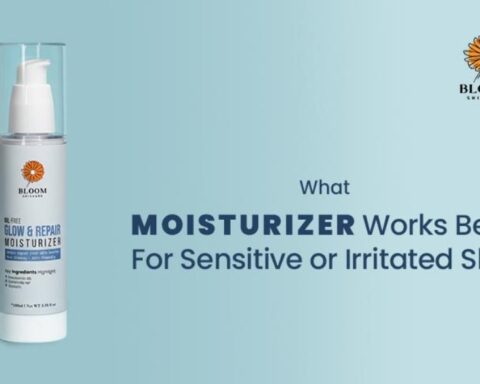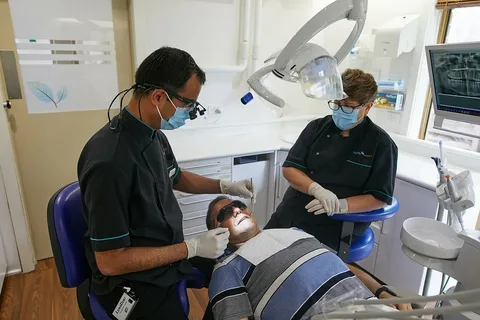Hearing aids are essential tools that reconnect people with conversations, work, and daily experiences. But just like any device, they require proper upkeep if you want them to function well over the long term. Many individuals only think about maintenance once something goes wrong, but the truth is that even after you get your hearing aids repaired, what you do next will determine how long they continue to serve you effectively.
Let’s break down the practical steps that can help you get the most out of your device and avoid repeated trips for repairs.
Clean Them Daily the Right Way
Dust, wax, and moisture are the main enemies of hearing aids. A quick daily wipe-down with a soft, dry cloth goes a long way in preventing buildup. Use a cleaning brush or loop provided by your audiologist to remove wax from openings. Skip harsh chemicals or household cleaners—these can corrode delicate parts. Simple, consistent cleaning is the first line of defence against premature wear.
Protect Against Moisture Damage
Even small amounts of moisture can cause hearing aids to malfunction. Something as ordinary as a sweaty workout, a rain shower, or high humidity can damage internal circuits. Store your hearing aids in a dehumidifier case at night. These inexpensive devices gently remove moisture and extend the life of sensitive electronics. If a dehumidifier isn’t an option, at least keep the devices in a dry, cool place instead of a bathroom shelf.
Change Filters and Domes Regularly
Most modern hearing aids come with wax guards or filters that protect the internal components. Over time, these clog and reduce sound quality. Replace them on the schedule recommended by your provider—usually every one to two months. Domes and ear tips should also be swapped out when they become discoloured or lose their snug fit. Skipping these small replacements often leads to bigger repair issues later.
Handle Batteries and Chargers with Care
For traditional disposable batteries, store spares in a cool, dry environment and avoid touching them with dirty hands. Oils and dirt shorten their life. With rechargeable devices, make sure to follow manufacturer charging instructions. Leaving them plugged in for too long or using off-brand chargers can weaken battery performance. A healthy battery ensures your hearing aids last longer between professional servicing.
Store Them Safely When Not in Use
Accidental damage is one of the top reasons people return for repairs. Pets, children, or even a quick nap on the couch can lead to crushed or chewed devices. When not in your ears, store them in a sturdy, protective case. Keeping them out of direct sunlight, away from extreme heat, and far from curious hands is a simple habit that preserves their life.
Don’t Ignore Performance Changes
If you notice crackling, feedback, or inconsistent amplification, act early. Small issues like clogged tubing or a loose microphone port are usually quick fixes. Waiting until the device completely stops working can result in larger, more costly repairs. Regular check-ups with an audiologist or hearing care provider help catch problems before they escalate.
Keep Up with Professional Maintenance
Even with perfect at-home care, professional maintenance is still essential. Routine cleanings, adjustments, and firmware updates keep your hearing aids performing at their peak. Many providers recommend annual or semi-annual servicing. Think of it like tuning up a car—you may not notice immediate issues, but preventative maintenance extends the lifespan.
Protect Them from Environmental Hazards
Hairspray, lotions, and cosmetics can seep into microphone ports and clog moving parts. Put on your hearing aids only after applying these products. Similarly, avoid exposing them to dust or dirt during activities like gardening or woodworking. Investing in protective covers or sweatbands can shield your devices in more demanding environments.
Stay Educated on Upgrades and Accessories
Technology evolves quickly. Accessories like wireless streamers, smartphone apps, or protective sleeves can help extend the life of your existing device by reducing strain on its components. Staying informed about upgrades or trade-in opportunities also ensures you’re not pushing an outdated device past its limits.
Building Habits That Last
Taking a proactive approach after a repair isn’t just about keeping your device running—it’s about preserving your connection to the people and world around you. By incorporating small habits like daily cleaning, proper storage, and timely professional care, you reduce the chances of constant breakdowns and enjoy consistent performance. The result is fewer interruptions, less frustration, and a hearing aid that supports your lifestyle for years to come.
Read More Gorod








